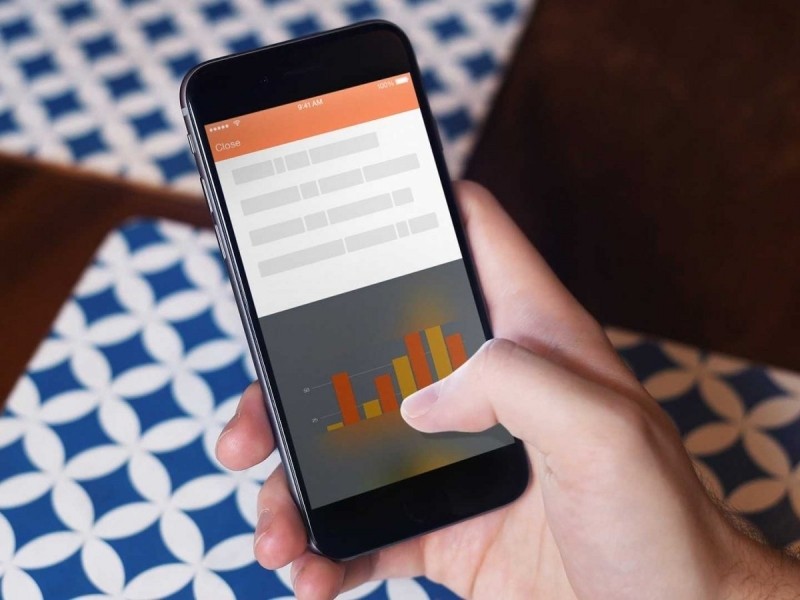
Destructive messaging applications like Snapchat and Wickr grant its users some peace of mind with regard to privacy but they all share a common weakness in that they allow the recipient to capture screenshots. Although most apps do notify the sender when a screenshot is taken, the damage has already been done.
Confide, a mobile messaging app that launched in January 2014, recently expanded on a clever concept it came up with called wanding that makes capturing screenshots somewhat useless. Here is how it works.
Any message received via Confide is only visible line-by-line. To view content, you need to tap and hold at the top of a message and slide your finger down. As you do this, the line that your finger is on will be revealed while everything else remains hidden.
Capturing a screenshot thus only reveals the line that your finger was on when the action occurred. What’s more, the app’s creators have managed to completely disable the screenshot function in the Android version. And in iOS, once you take a screenshot, you are booted from the app and the message disappears forever (the recipient is also notified of your sneaky deed).
All content is end-to-end user encrypted and, like other apps, messages vanish once they have been viewed.
Up to this point, Confide’s wanding feature worked on a word-by-word basis. The new line-by-line reveal is much more convenient. Furthermore, the update adds the ability to send photos and documents (Word, Excel, PowerPoint and PDF are all supported), making it much more useful to enterprise clients.
https://www.techspot.com/news/59653-destructive-messaging-app-confide.html